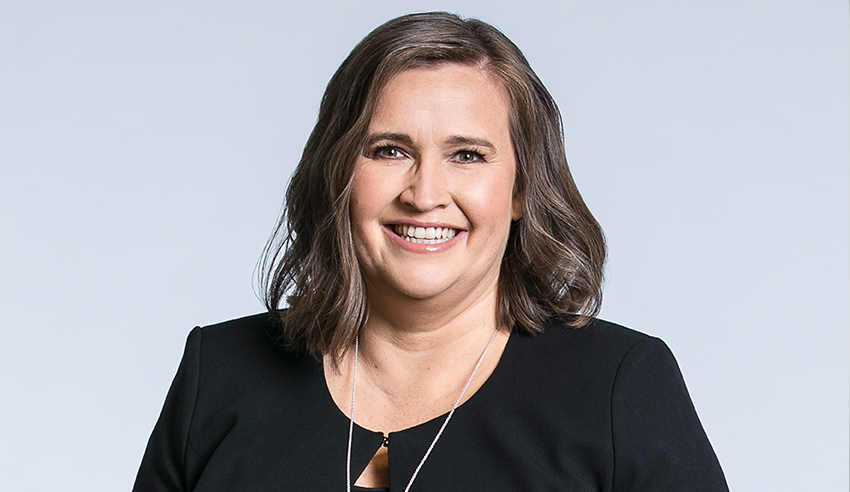New research has provided insight into how companies are responding to sexual harassment claims in the workplace.

The research report, undertaken by the Australian Human Rights Commission (AHRC) and led by Sex Discrimination Commissioner Kate Jenkins, surveyed almost 59 per cent of ASX 200 companies and provided an in-depth look at company responses to sexual harassment and provides eight recommendations on what more can be done.
The Respect@Work report is a national inquiry by the Australian Human Rights Commission into sexual harassment in workplaces – and earlier this year, Prime Minister Scott Morrison announced the government would agree wholly, in part or in principle to the 55 recommendations in the report to help prevent any further sexual harassment in Australian workplaces.
According to the AHRC report, 19 per cent of companies surveyed said that the company board has primary accountability for the prevention and response to sexual harassment. Despite this, the report indicated that board discussions are more likely to be reactive to issues rather than proactive.
Interestingly, while 60 per cent of respondents indicate that company managers are required to undergo training on good governance and sexual harassment, only 19 per cent of respondents reported that directors undergo training on good governance and sexual harassment.
ACSI chief executive Louise Davidson said that to provide a safe workplace, companies need to have better policies in place regarding sexual harassment.
“All organisations need to approach sexual harassment seriously and have measures in place to prevent sexual harassment and to deal with it effectively when it arises. This is a fundamental part of providing a safe workplace for all employees,” she said.
“There is plenty of evidence over recent times that companies that fail to appropriately manage this issue do significant damage. Long term investors have an interest in ensuring the companies they invest in are well run, safe for their employees, and have culture that prevents and addresses workplace sexual harassment when it occurs.”
Sixty-four per cent of companies surveyed had a policy or procedure in place that identifies risk factors in regard to sexual harassment, but less than one-third of companies publicly report information relevant to sexual harassment in line with the ASX Corporate Governance Principles and 14 per cent of respondents do not report externally at all.
AHRC Sex Discrimination Commissioner Ms Jenkins said the report offered a “blueprint” for how companies can reduce sexual harassment in the workplace.
“Workplace sexual harassment causes immense social and economic harm, with the annual cost to the Australian economy estimated to be $3.8 billion in 2018,” she said.
“I welcome ACSI’s initiative in commissioning this survey and report, and their recognition of the critical role that ASX200 boards and executive management have in preventing and responding to workplace sexual harassment.
“The report’s recommendations offer a blueprint for Australia’s largest corporations to reduce the prevalence of sexual harassment in their workplaces and build safer, more equal workplaces for all.”
Along with quantitative data the report draws from in-depth interviews with 16 ASX 200 companies and in-depth research. The eight recommendations include tangible steps companies can take such as demonstrating board leadership and being clear on accountability, setting gender diversity targets, aligning performance management and remuneration of the CEO and executive managers, collecting, analysing and using data to make decisions and reporting to the board.
Two specific recommendations are made for investors: to specifically seek information regarding a company’s systems and processes to address sexual harassment and to advocate improved transparency and public disclosure on sexual harassment.
“At the moment it is very difficult for investors to assess how well companies are addressing issues of sexual harassment and disclosures are limited,” Ms Davidson added.
“The high level of participation in the research demonstrates that companies have a strong interest in understanding what better practice looks like.”

Lauren is the commercial content writer within Momentum Media’s professional services suite, including Lawyers Weekly, Accountants Daily and HR Leader, focusing primarily on commercial and client content, features and ebooks. Prior to joining Lawyers Weekly, she worked as a trade journalist for media and travel industry publications. Born in England, Lauren enjoys trying new bars and restaurants, attending music festivals and travelling.